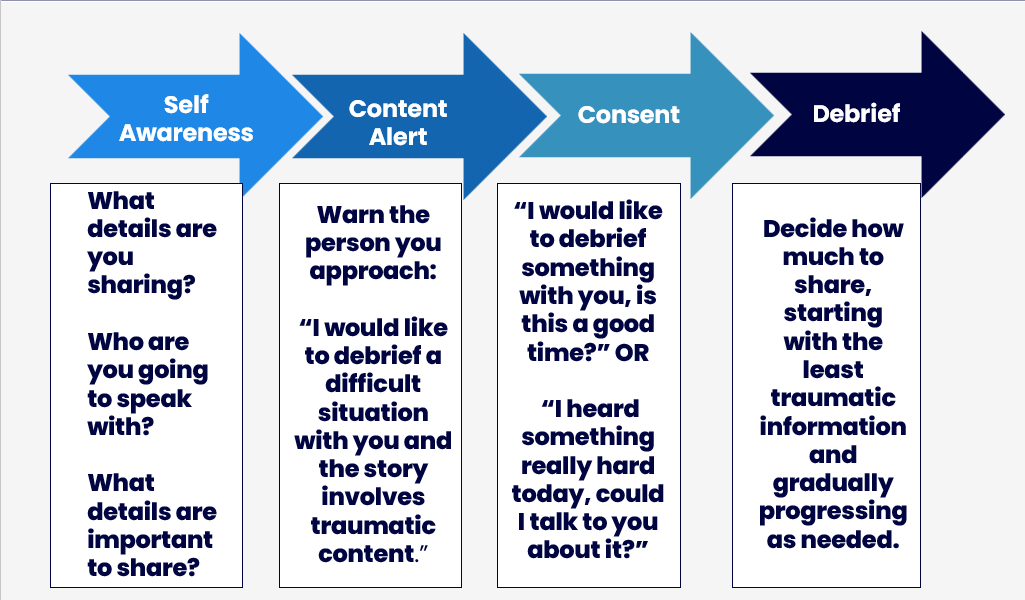Lucy Sutton, Sarah Rowe, George Hammerton & Jo Billings (2022) The contribution of organisational factors to vicarious trauma in mental health professionals: a systematic review and narrative synthesis, European Journal of Psychotraumatology, 13:1, 2022278, DOI: 10.1080/20008198.2021.2022278 https://doi.org/10.1080/20008198.2021.2022278
The highlighted research this quarter is focused on the impacts of vicarious trauma and other stress outcomes in the human services realm and what organisations might find helpful to consider in supporting their workforce.
The authors use the umbrella term of Secondary Traumatic Stress throughout the article, to refer to both the wider concepts of Compassion Fatigue and Vicarious Trauma. These terms are often used interchangeably alongside burnout which can become confusing, so it is important to note that:
“While the constructs of CF and STS focus on outward symptoms, VT centres around the changes to cognitive schema and core beliefs as a result of exposure to and engagement with the traumatic material presented by clients (McCann & Pearlman, 1990). VT is associated with cognitive disruptions in the areas of trust, safety, dependency, power, esteem, and intimacy (Pearlman & Saakvitne, 1995).
Although conceptually different, it is increasingly understood that there is convergence between these three constructs (Jenkins & Baird, 2002).”
The authors highlight the impacts on personal and professional capacity of experiencing these stress outcomes. The flow-on effect to organisational productivity is real. Lack of awareness of these impacts and poor structural support and workforce planning can be detrimental for both individuals and organisations.
The article notes research to date currently is focused on the individual and factors that can make a person more vulnerable to these stress outcomes.













